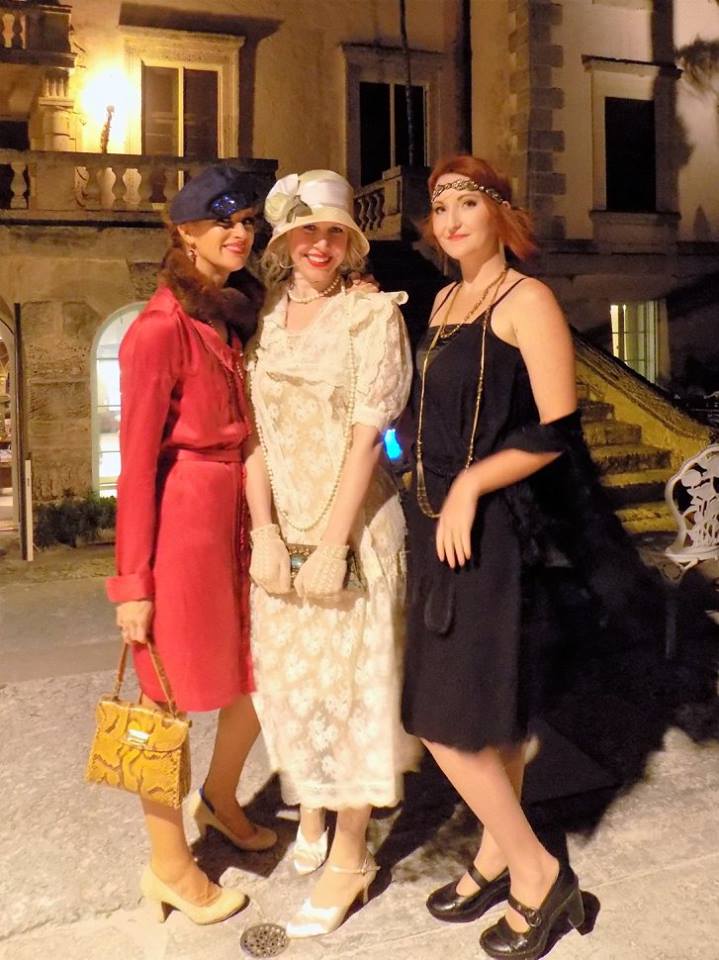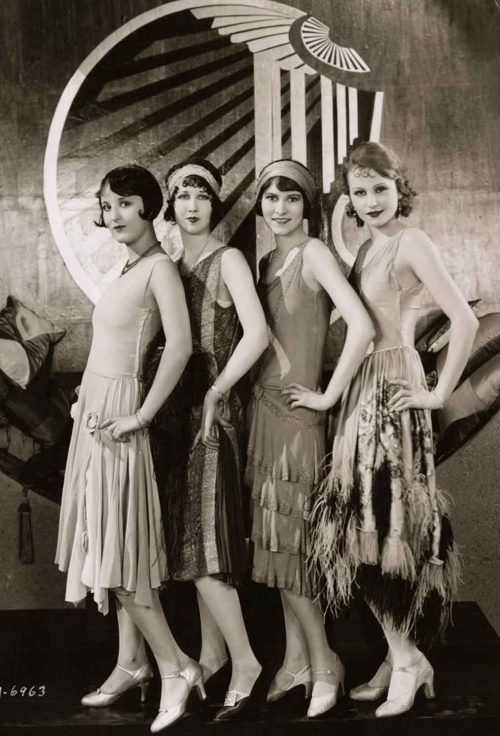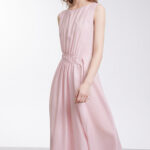A Guide to the 1920s Women’s Clothing Trends and Styles
The 1920s, often referred to as the “Roaring Twenties,” was a decade of significant cultural and social change. This was a period when women’s fashion underwent a dramatic transformation, breaking away from the traditional constraints of the past. The shift in women’s Clothing during this era was not just about aesthetics; it was a reflection of the broader societal shifts towards modernity and independence.

The Emergence of Modern Femininity
The 1920s saw the rise of the “flapper” – a Western woman in her late teens and early twenties who wore short skirts, bobbed her hair, and disregarded the traditional mores. This new style was a stark contrast to the corseted silhouettes of the Victorian era. The flapper’s dress, characterized by its dropped waist and minimal curves, symbolized the newfound freedom and modernity of the time. As Coco Chanel, a leading designer of the era, once said, “Fashion is not something that exists in dresses only. Fashion is in the sky, in the street, fashion has to do with ideas, the way we live, the way we think.”
Revolution in Fabric and Design
The materials used for women’s clothes in the 1920s were also indicative of the changing times. Lightweight fabrics such as chiffon, crepe de chine, and georgette became popular for their comfort and ease of movement. These fabrics allowed for the creation of loose-fitting garments that were a stark departure from the structured clothing of previous decades. The designs were simple yet elegant, with an emphasis on geometric patterns and bold colors, reflecting the artistic movements of the time, such as Art Deco.

Accessories that Defined an Era
Accessories played a crucial role in defining the 1920s women’s clothing trends. The cloche hat, a close-fitting brimless hat that sat low on the head, became a staple for the modern woman. The use of long strings of pearls, feather-adorned headbands, and elaborate hairpins added a touch of glamour to the otherwise simple and unadorned outfits. These accessories not only completed the look but also served as a form of self-expression for women who were beginning to assert their individuality.
Impact on Society and Beyond
The changes in women’s clothing during the 1920s had a profound impact on society. As women began to take on more roles outside the home, their clothing became a reflection of their evolving roles. The practicality and simplicity of the designs allowed women greater mobility and freedom, which was essential for their participation in the workforce and public life. This shift in fashion was not just about appearance; it was a symbol of the changing social dynamics and the growing influence of women in society.

Legacy of the 1920s Women’s Clothing
The legacy of the 1920s women’s clothing is still felt today. The decade set the stage for the modern fashion industry and the concept of a woman’s wardrobe that is both functional and fashionable. The influence of the 1920s can be seen in contemporary fashion, with designers often drawing inspiration from the era’s minimalist and geometric designs. The 1920s women’s clothing trends were not just about style; they represented a cultural shift towards modernity, individuality, and empowerment.







